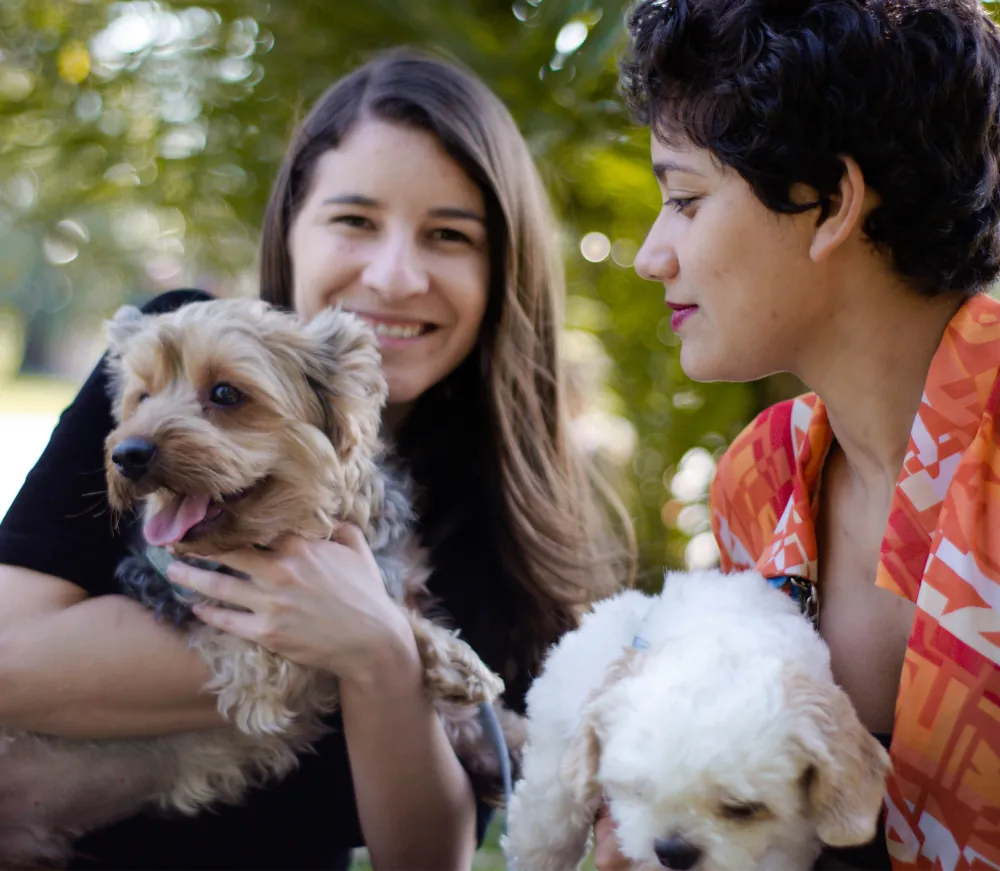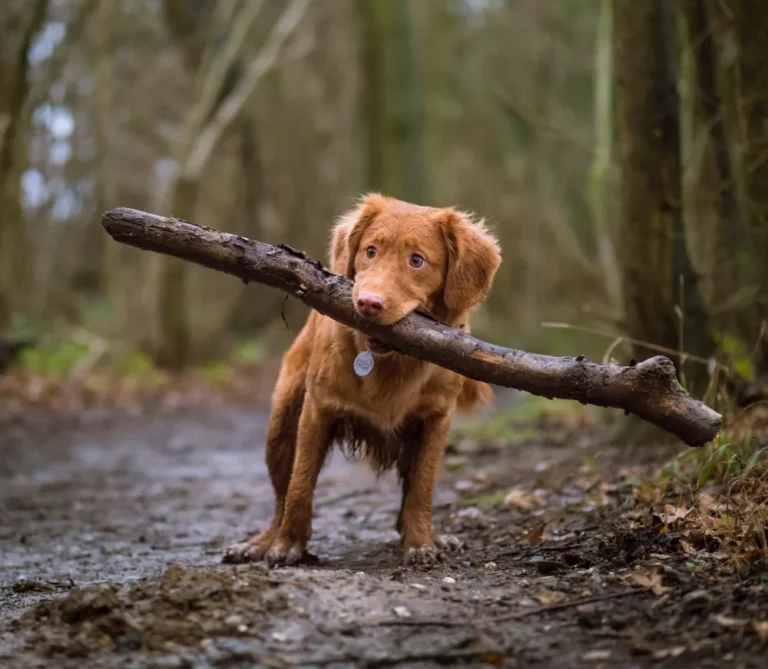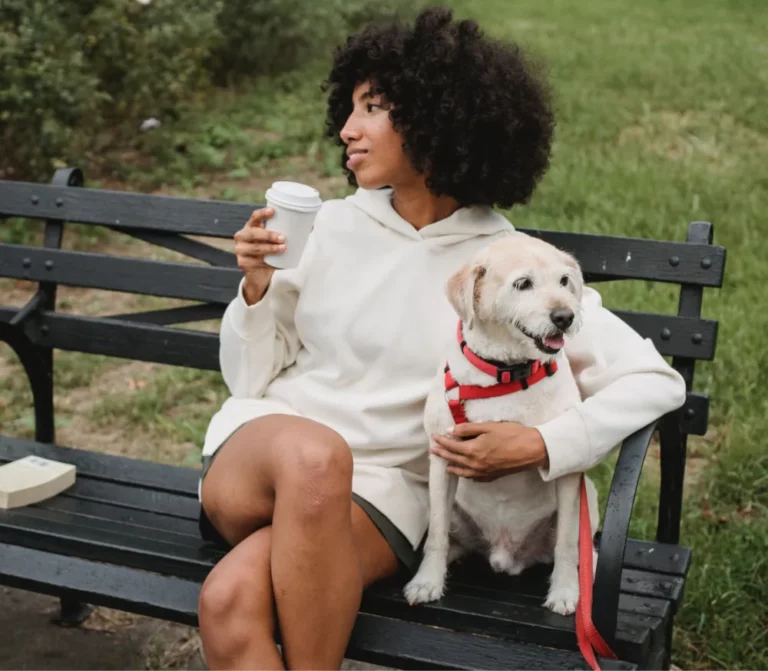
Considerations for Your Existing Dog
Bringing a second pet into your home can be an exciting yet challenging experience, especially if you already have a dog. At Petsy, we understand that adding a new member to your furry family requires careful planning and consideration to ensure a smooth transition. Here’s a comprehensive guide to help you navigate the process and minimize the impact on your existing dog.
1. Assess Your Dog’s Personality and Needs
Before deciding to bring a second pet into your home, evaluate your current dog’s temperament, energy level, and social behavior:
- Temperament: Is your dog friendly and accepting of other animals, or do they show signs of territoriality or aggression?
- Energy Level: Consider whether your dog would benefit from having a playmate to match their activity level.
- Social Behavior: Observe how your dog interacts with other animals during walks, at the park, or during playdates.
2. Choose the Right Companion
Selecting a compatible second pet is crucial for harmony in your home. Consider factors such as:
- Species and Breed: Some dogs get along better with certain breeds or species. For example, a dog with a high prey drive may not be suitable for a household with small animals like rabbits or birds.
- Age and Size: Introducing a pet of similar age and size can help ensure they have similar energy levels and play styles.
- Gender: Some dogs may get along better with pets of the opposite gender, although individual temperament is more important than gender alone.
3. Prepare Your Home
Before bringing the new pet home, make necessary preparations to create a welcoming environment:
- Separate Spaces: Set up designated areas for each pet with separate feeding stations, beds, and toys to prevent territorial disputes.
- Pet-proofing: Ensure that your home is safe for both pets, removing any hazards or items that could cause conflict.
4. Introduce Gradually
A gradual introduction can help ease the transition and reduce stress for both pets:
- Neutral Territory: Introduce the pets in a neutral location, such as a park, to prevent territorial behavior.
- Controlled Meetings: Use leashes or barriers to allow the pets to see and sniff each other without direct contact initially.
- Short Interactions: Start with short, supervised interactions and gradually increase the time they spend together.
5. Monitor Behavior
Closely observe both pets during the introduction period and beyond:
- Body Language: Watch for signs of stress, aggression, or fear, such as growling, stiff posture, or hiding.
- Positive Reinforcement: Reward both pets for calm and friendly behavior with treats and praise to encourage positive associations.
6. Maintain Routine and Structure
Maintaining a consistent routine can help reduce anxiety and provide a sense of stability for your existing dog:
- Feeding and Exercise: Keep feeding and exercise schedules consistent to reassure your dog that their needs will continue to be met.
- One-on-One Time: Spend quality time with your existing dog to prevent feelings of jealousy or neglect.
7. Be Patient and Flexible
Adjusting to a new pet takes time and patience. Be prepared for setbacks and remain flexible in your approach:
- Behavioral Training: If conflicts arise, consider seeking advice from a professional trainer or behaviorist.
- Gradual Adjustment: Understand that it may take weeks or even months for the pets to fully adjust to each other.
8. Ensure Health and Safety
Regular veterinary check-ups and preventive care are essential for both pets:
- Health Checks: Ensure that the new pet is healthy and up-to-date on vaccinations before introduction.
- Supervision: Continue to supervise interactions until you are confident that both pets are comfortable and safe around each other.
Conclusion
Bringing a second pet into your home is a rewarding experience that requires careful planning and consideration, particularly for the well-being of your existing dog. By taking a gradual approach, providing separate spaces, and monitoring interactions closely, you can help ensure a smooth transition and foster a harmonious relationship between your pets. At Petsy, we’re here to support you with quality products and expert advice to make the process as seamless as possible. Enjoy the journey of expanding your furry family!



